French Comics
- caricature /
- French Comics
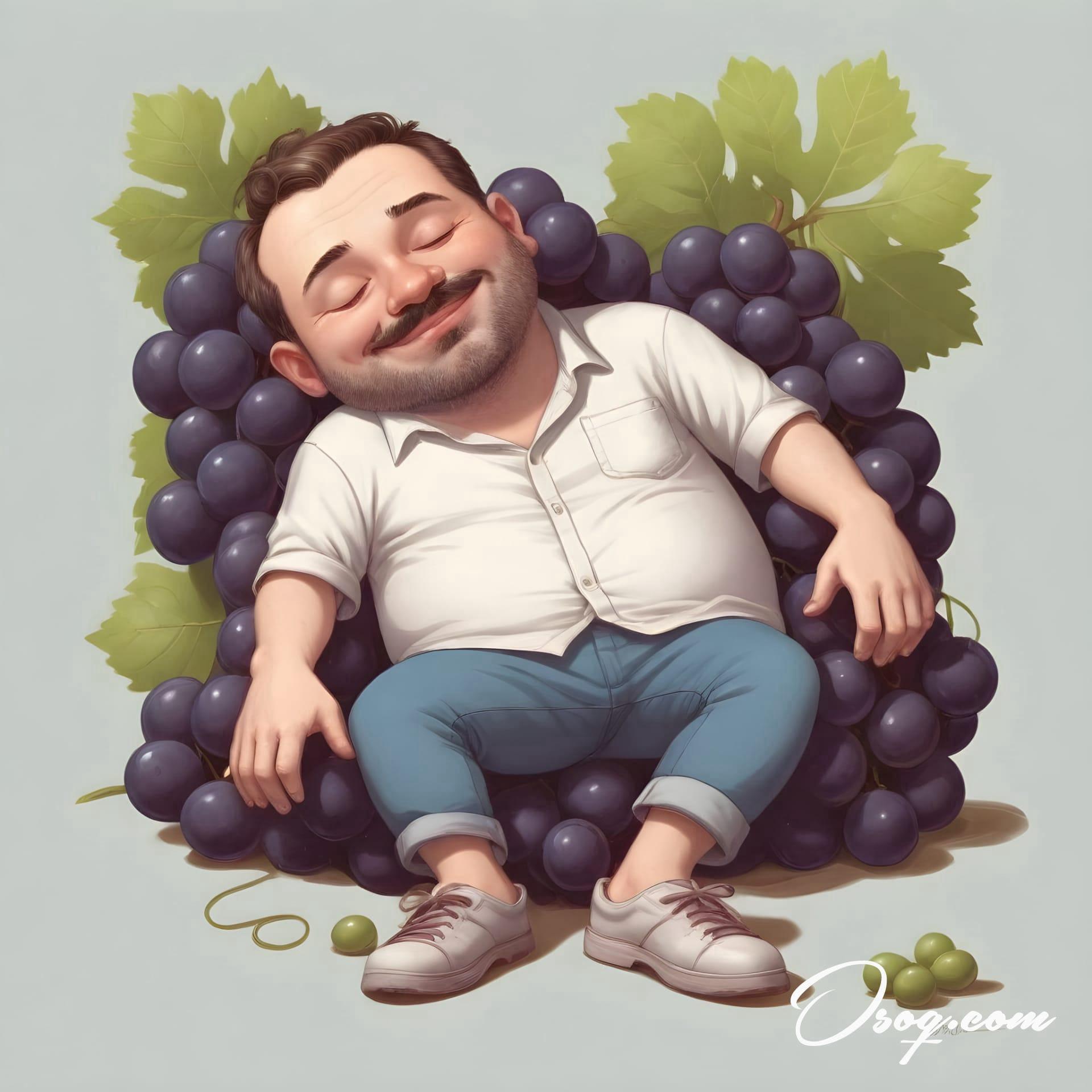
French comics, known as "bandes dessinées" in French, are a unique blend of art and storytelling that has captivated readers worldwide. Unlike the brief format often found in American comics, French comics are usually longer, allowing for more detailed narratives.

The tradition of French comics goes back to the 19th century, with pioneers like Rodolphe Töpffer, who is considered one of the fathers of modern comics. His work was groundbreaking and set the stage for the rich, diverse comic culture in France.
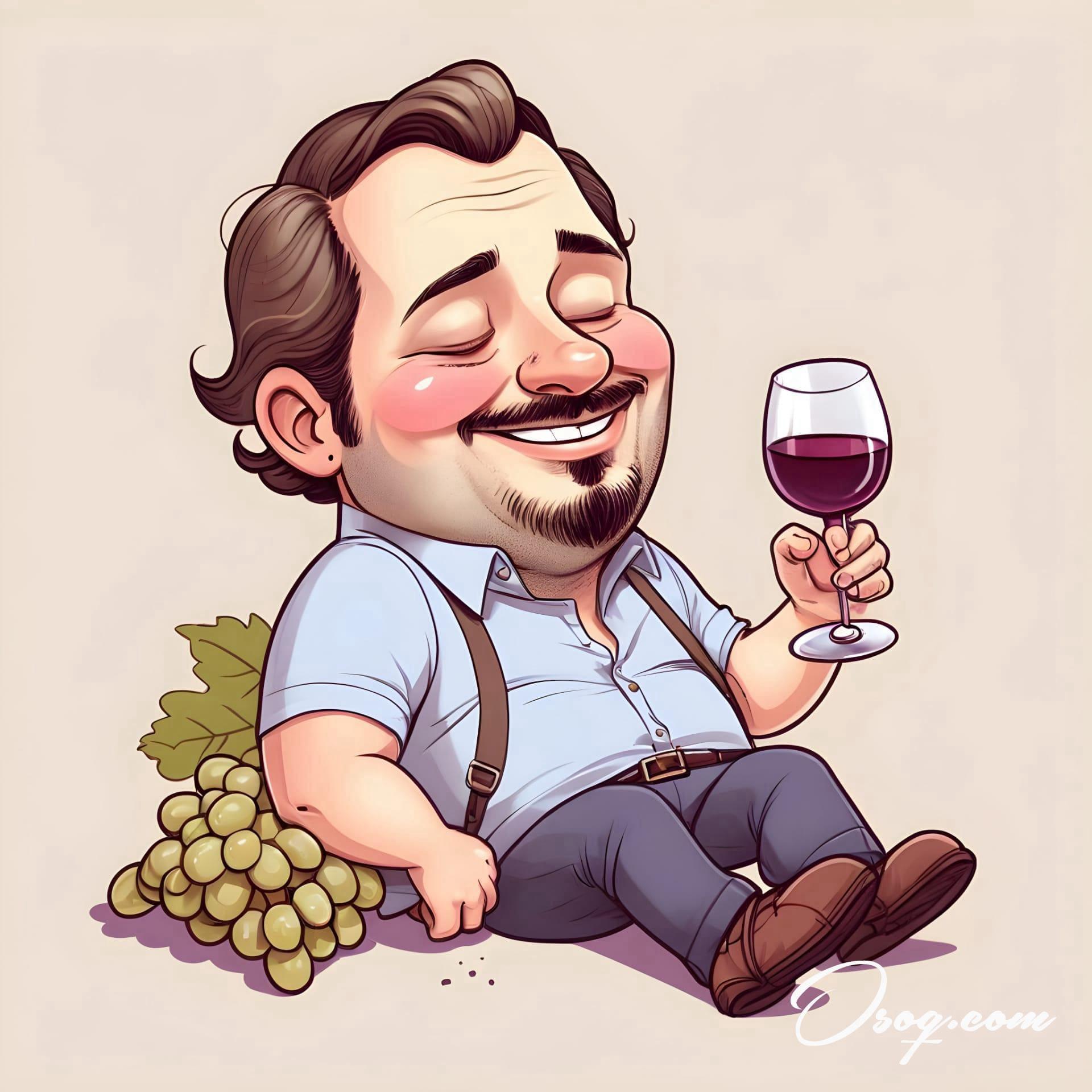
One of the most iconic French comics is "Asterix," created by writer René Goscinny and illustrator Albert Uderzo. This series, known for its humor and historical settings, has been translated into over 100 languages and sold millions of copies worldwide.

"The Adventures of Tintin" by Belgian cartoonist Hergé is another cornerstone of French-language comics. While technically Belgian, Tintin has become a staple in French comic culture, loved for its intricate plots and precise, clear-line style of drawing.
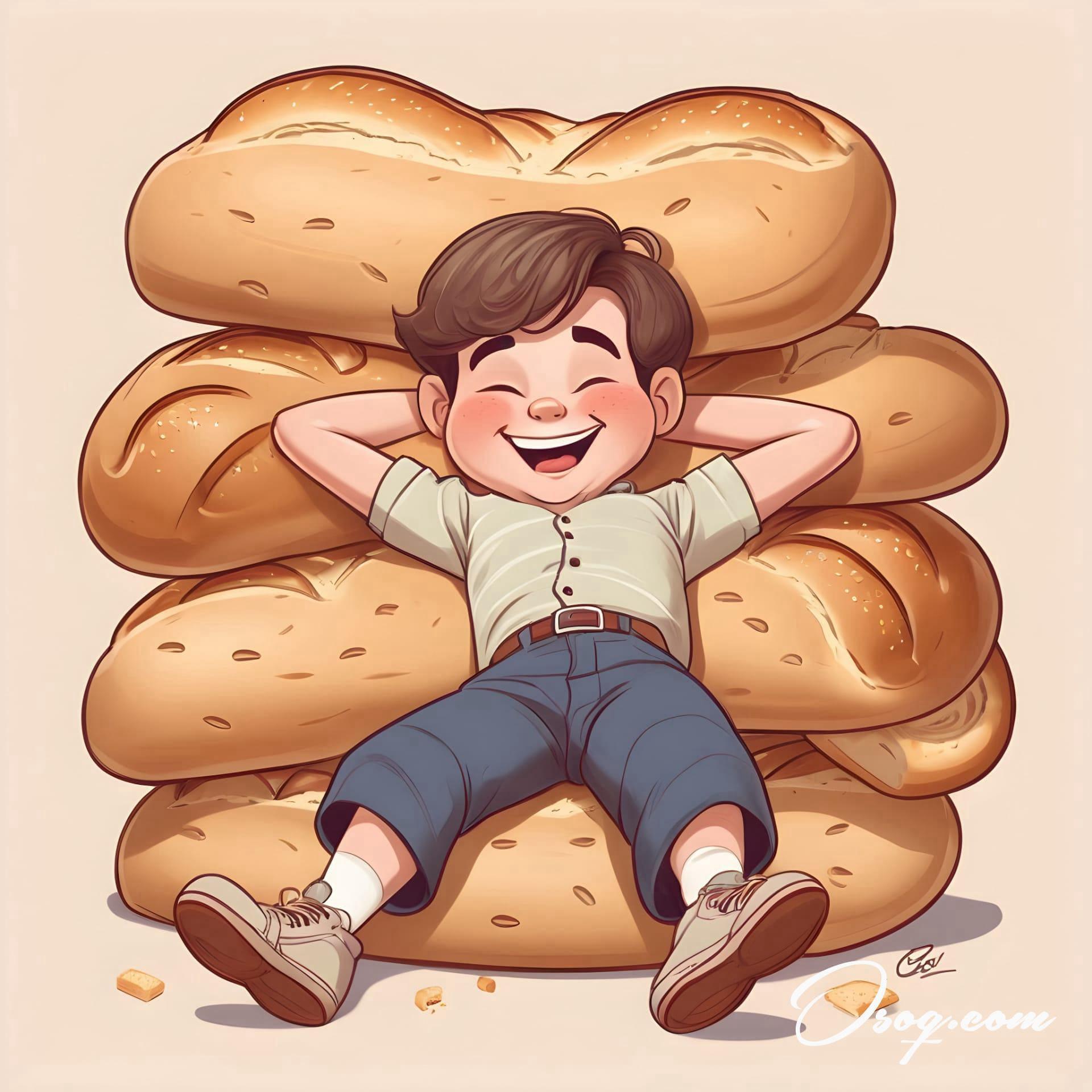
French comics are not just for children. Many works target adult audiences, offering complex narratives and themes. Titles like "Persepolis" by Marjane Satrapi explore serious topics such as revolution, war, and coming of age in a changing world.
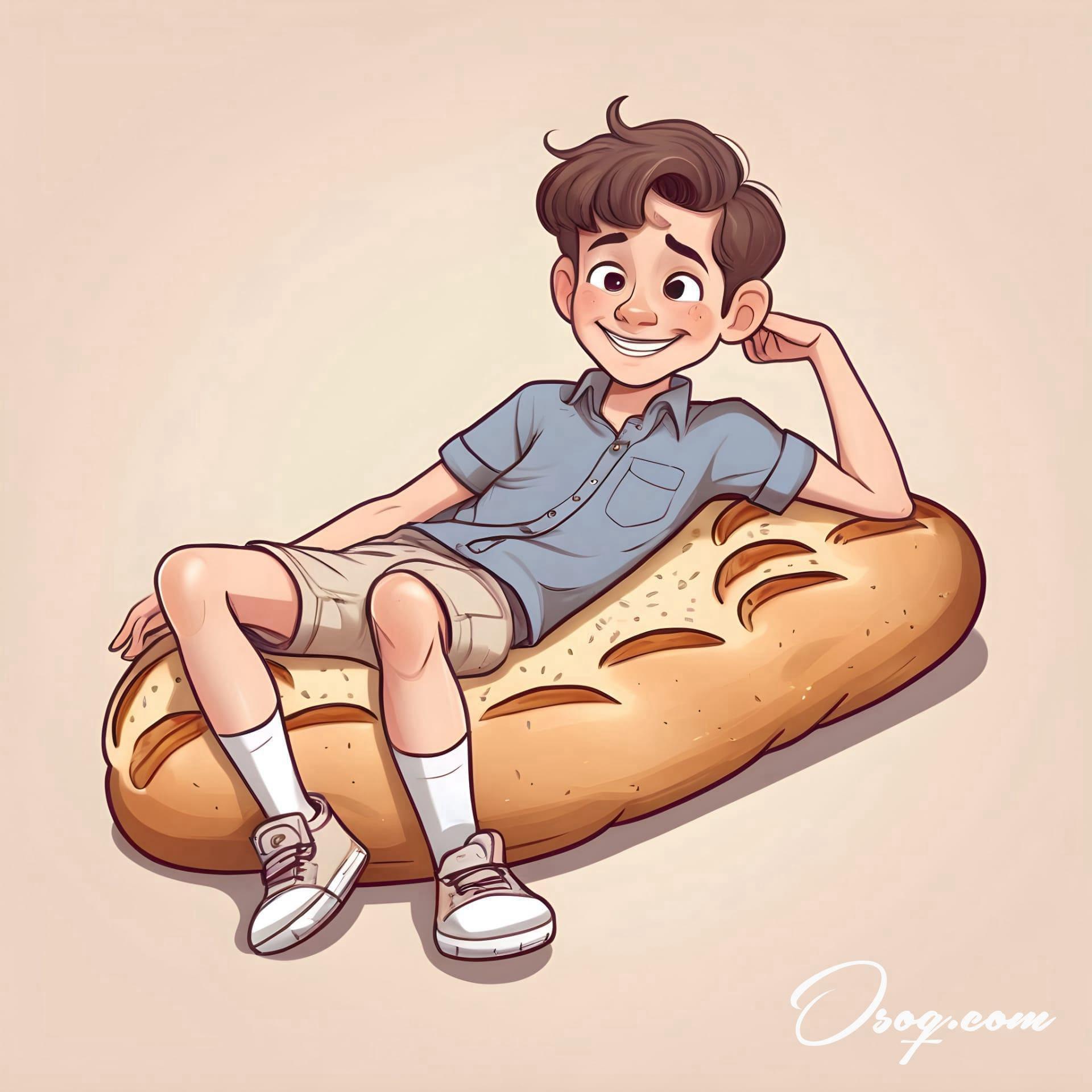
The French government recognizes comics as an important part of cultural heritage. France celebrates the "Fête de la Bande Dessinée," a festival dedicated to comics, showcasing the medium's significance in French culture.
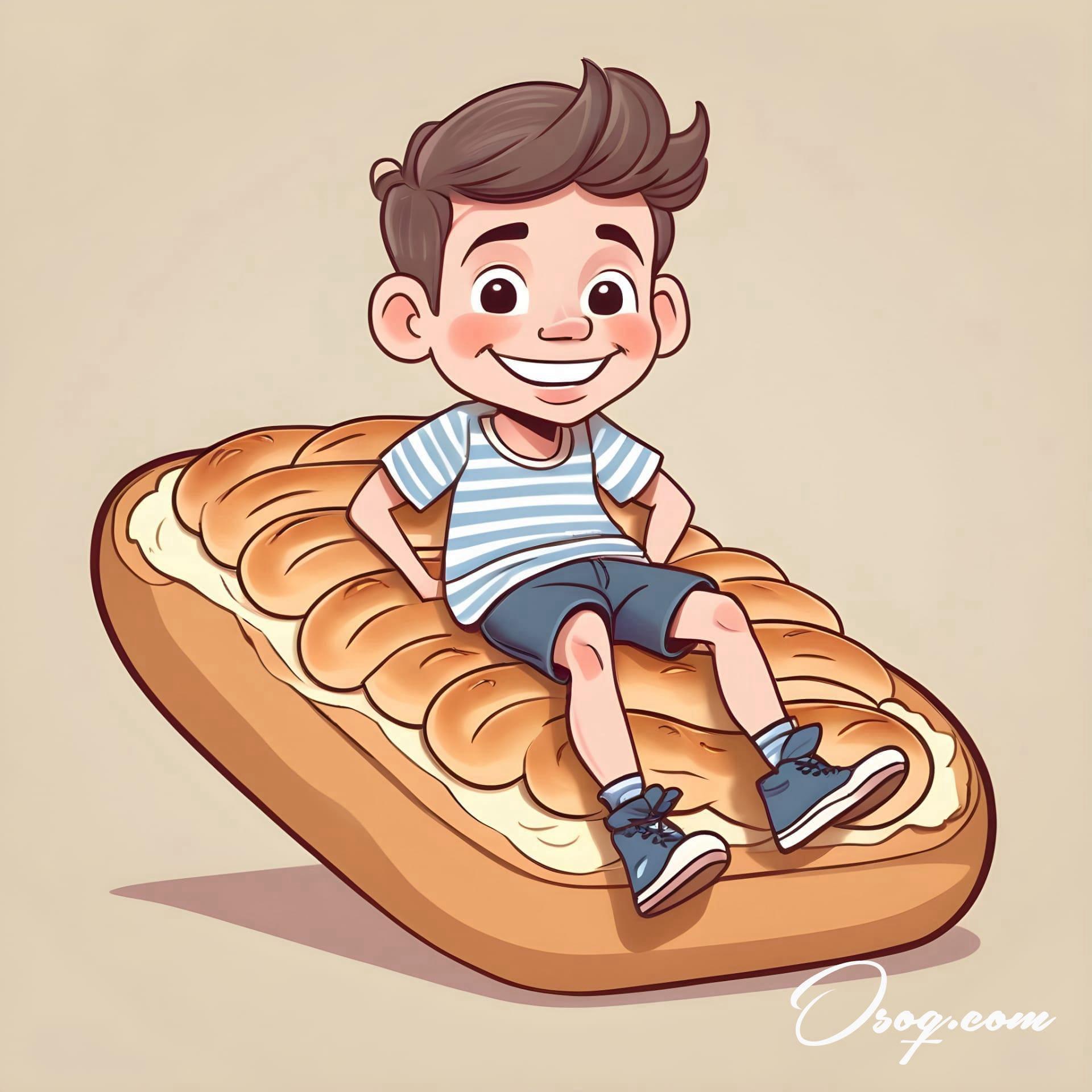
In France, comic book artists and writers are regarded as serious artists, akin to novelists and painters. This cultural respect allows for a wide range of genres and styles to flourish, from surreal fantasy to gritty realism.
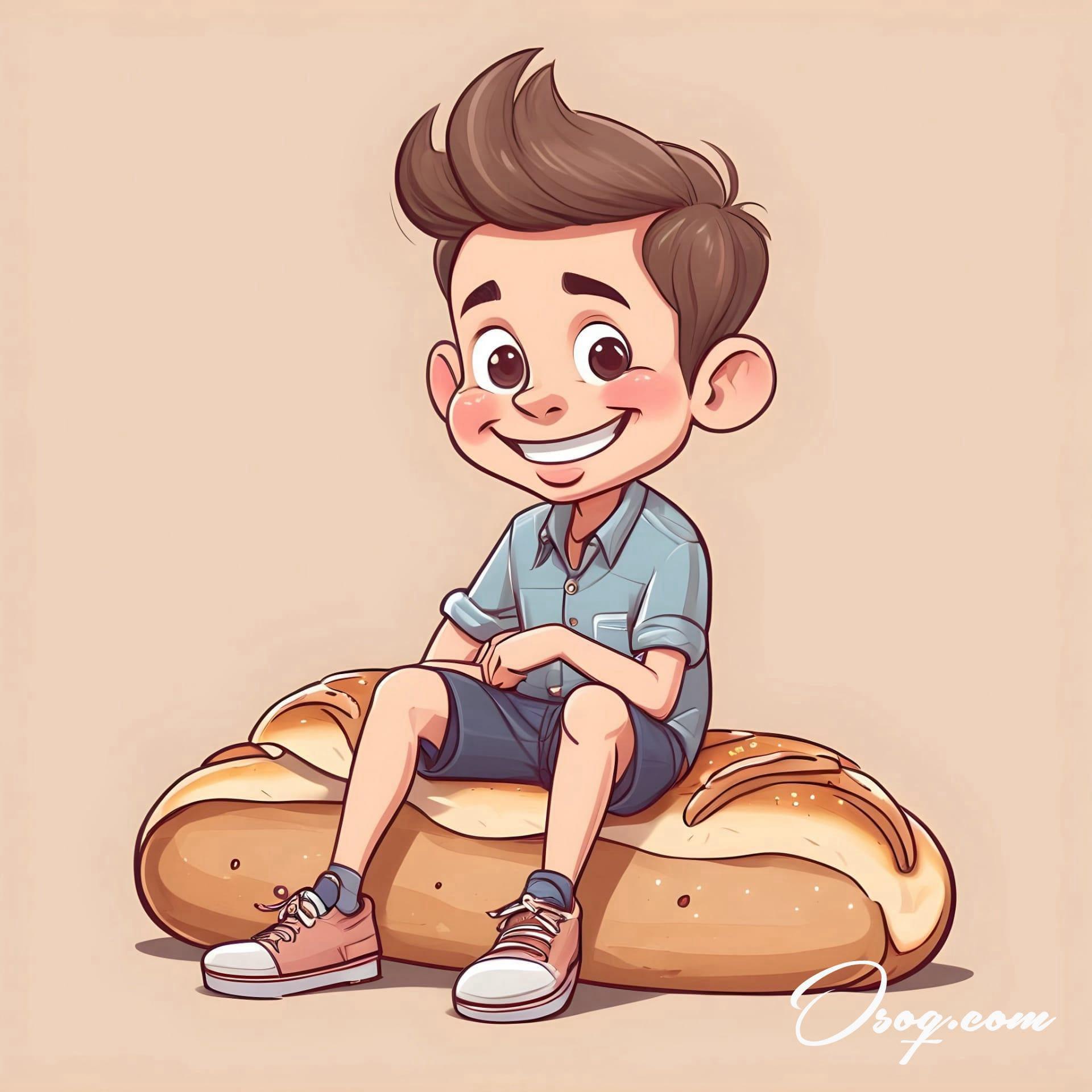
The Angoulême International Comics Festival, held annually in France, is one of the largest and most prestigious comic festivals in the world, attracting creators, publishers, and fans from all corners of the globe.
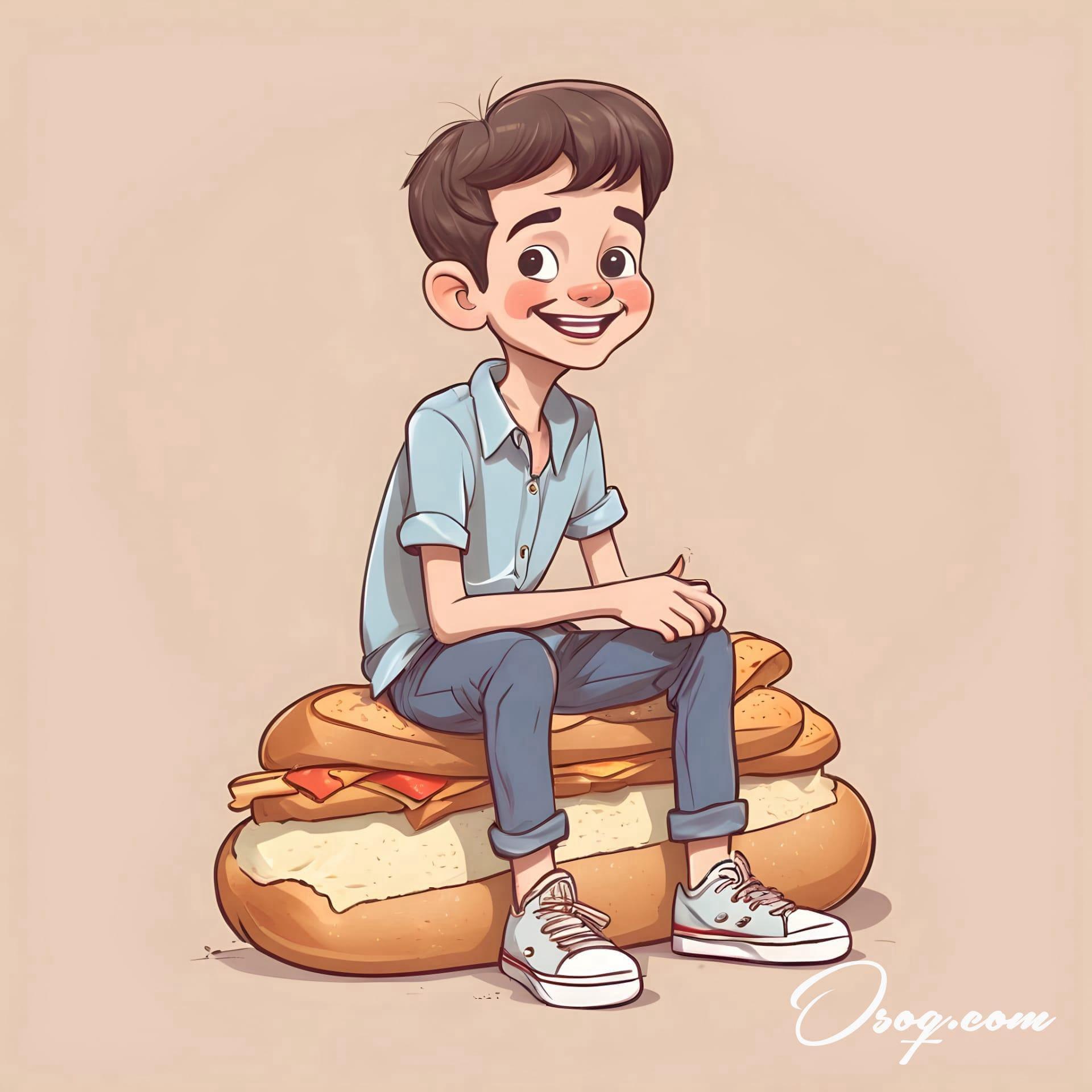
Graphic novels, a sub-genre of French comics, have gained international acclaim for their artistic merit and storytelling. Works like "The Rabbi's Cat" by Joann Sfar blend humor, philosophy, and beautiful artwork to tell captivating stories.
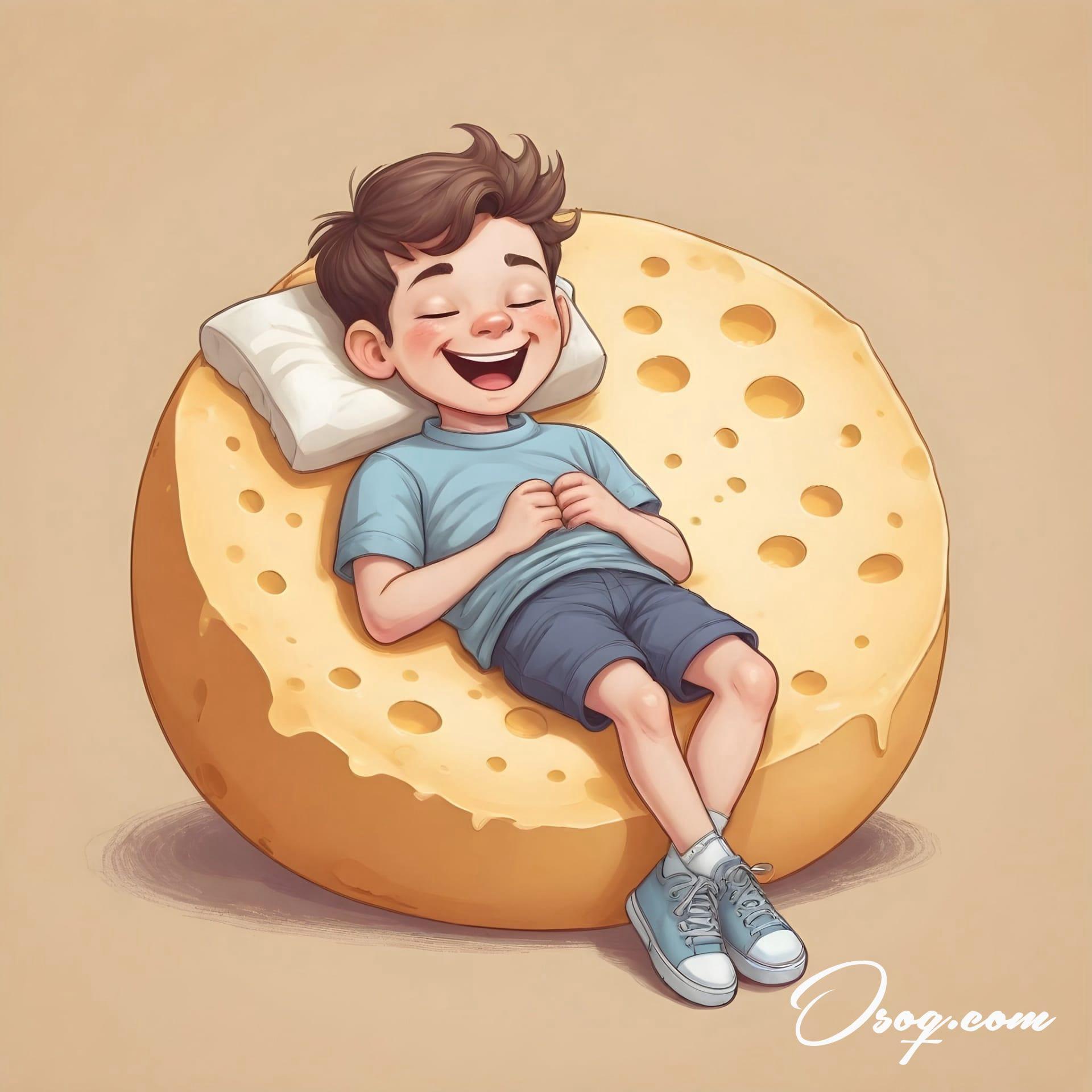
Collaboration between French and Japanese creators has led to the emergence of "Franco-Belgian manga," a hybrid style that combines elements of both traditions, expanding the horizons of comic storytelling.
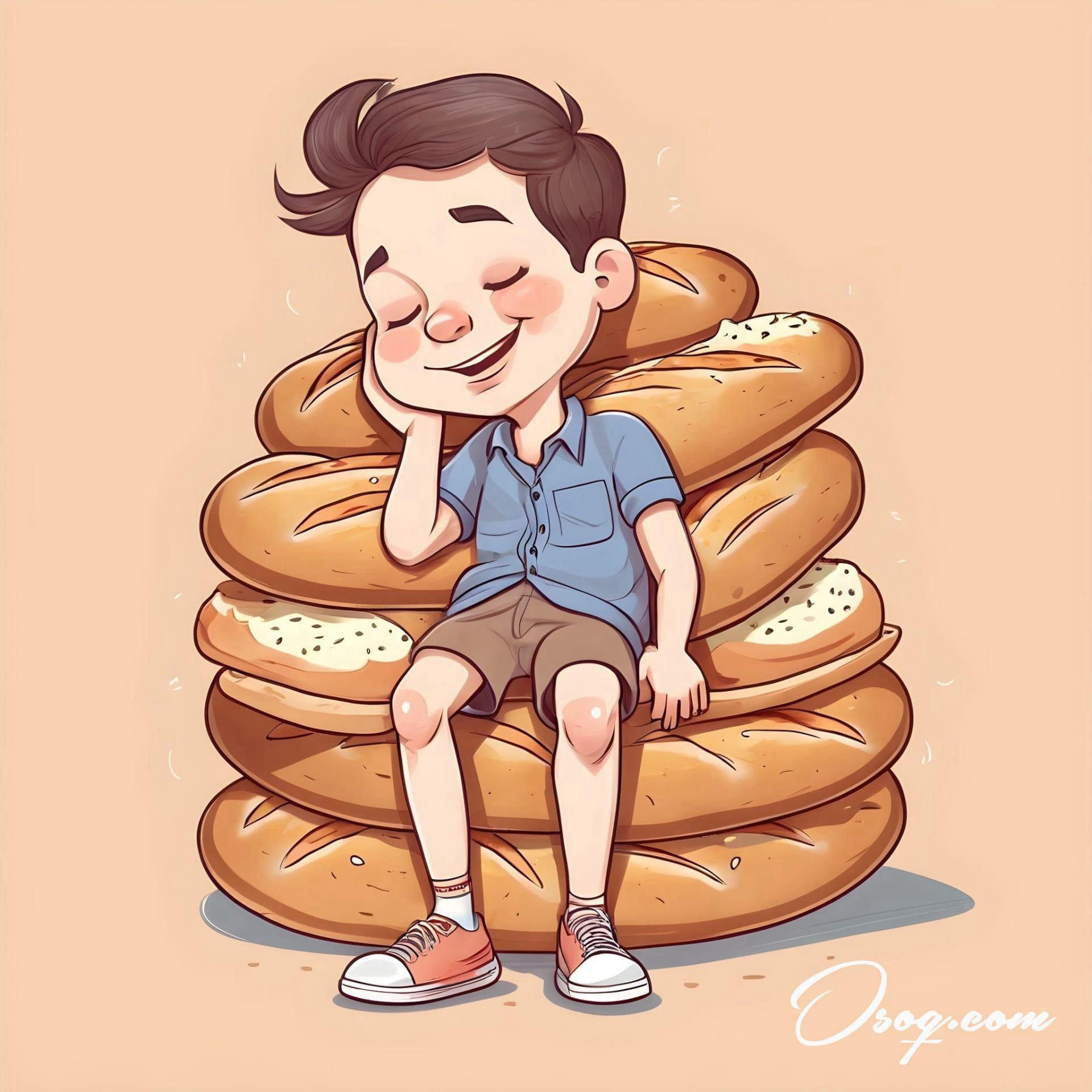
French comics often explore themes of adventure, history, and science fiction, with renowned titles like "Valerian and Laureline" inspiring movies and influencing the science fiction genre worldwide.
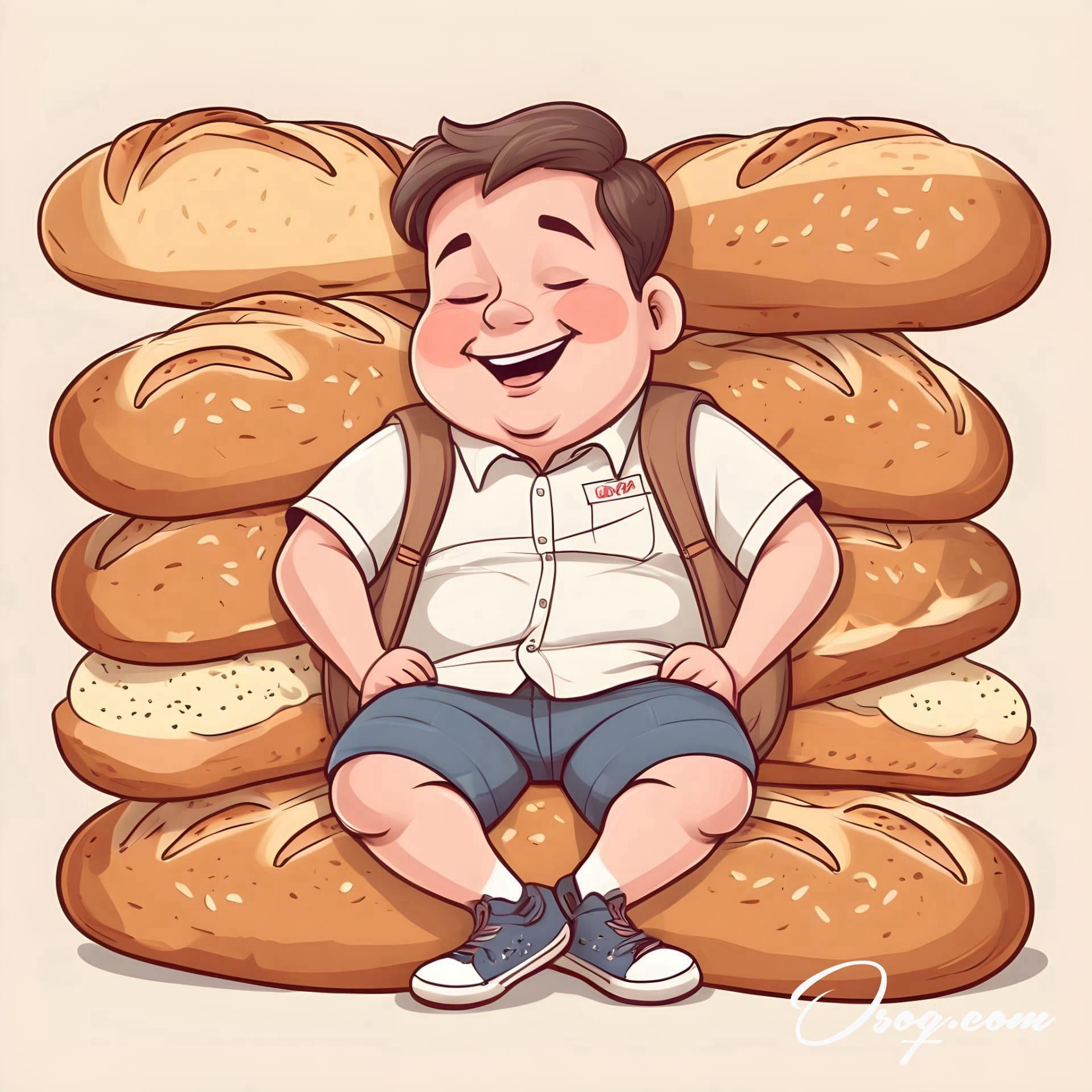
The digital age has introduced French comics to new platforms, with digital comic books and webcomics gaining popularity. This transition allows for innovative storytelling techniques and wider accessibility.

French comic book artists often have a distinctive style, characterized by intricate details, expressive characters, and a vibrant use of color, setting French comics apart from other comic traditions.
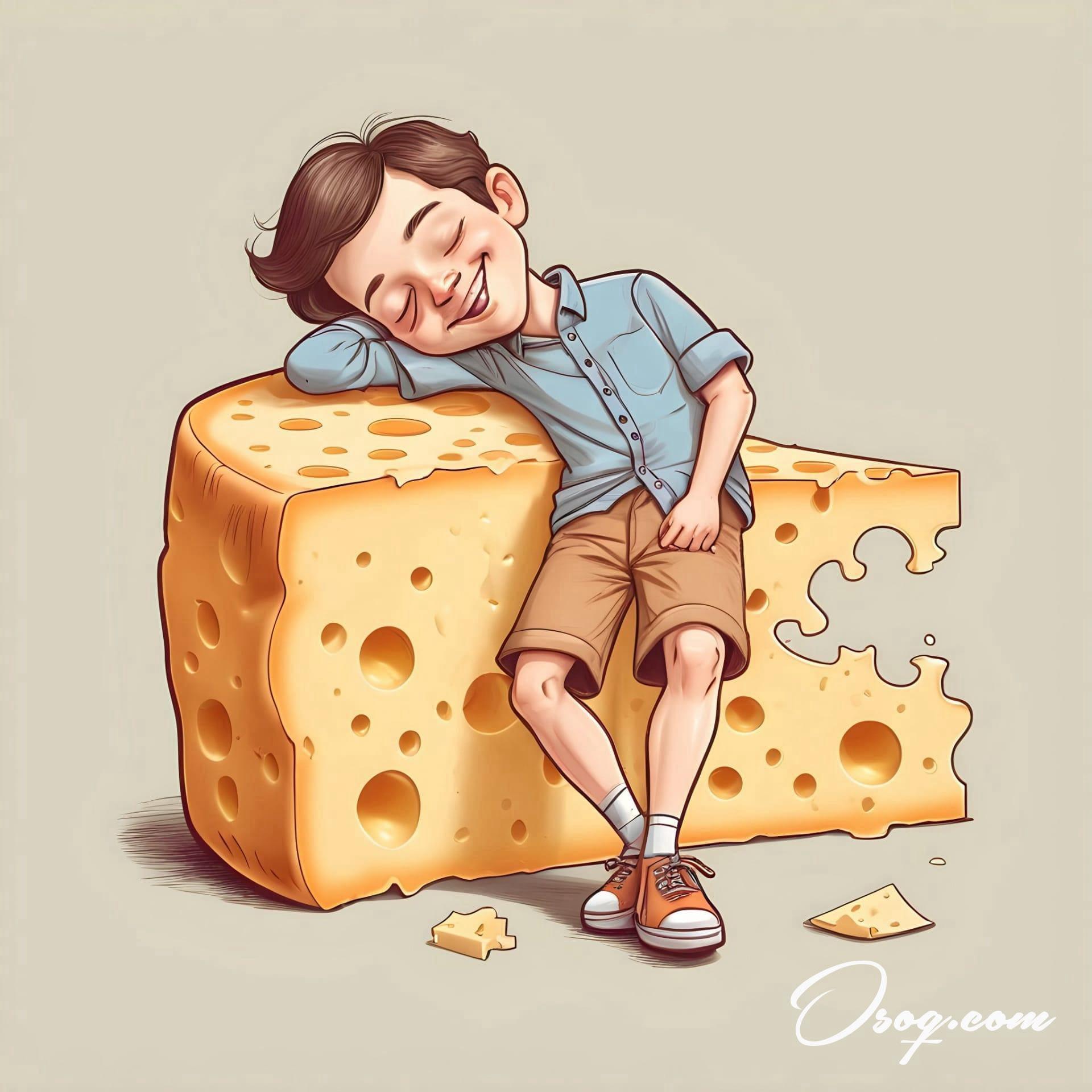
Eco-friendly initiatives in the French comic industry include the use of sustainable paper and inks, reflecting a growing concern for environmental issues within the art world.
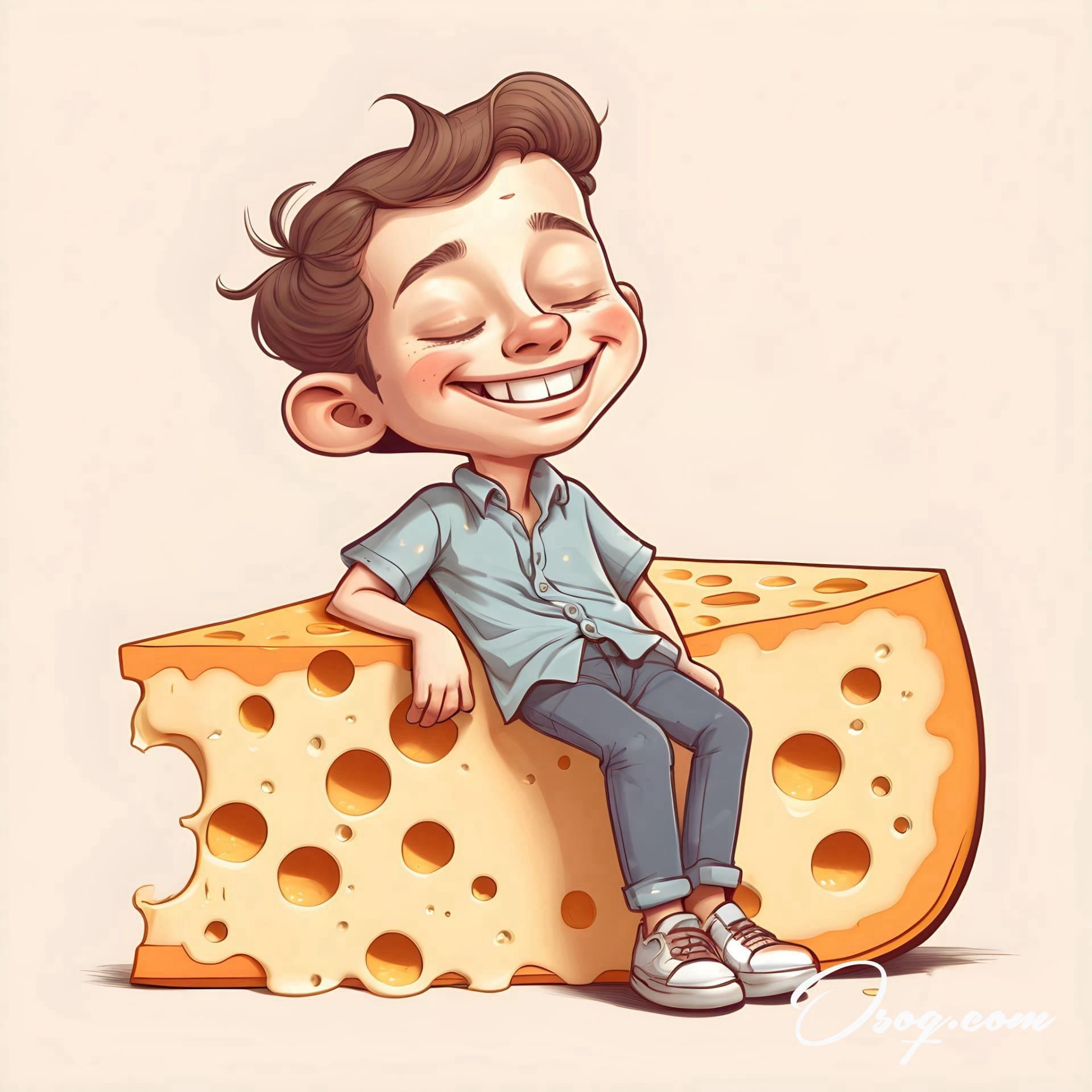
Education in France has embraced French comics as a tool for learning, incorporating them into classroom settings to teach language, history, and even philosophy, highlighting their cultural value.
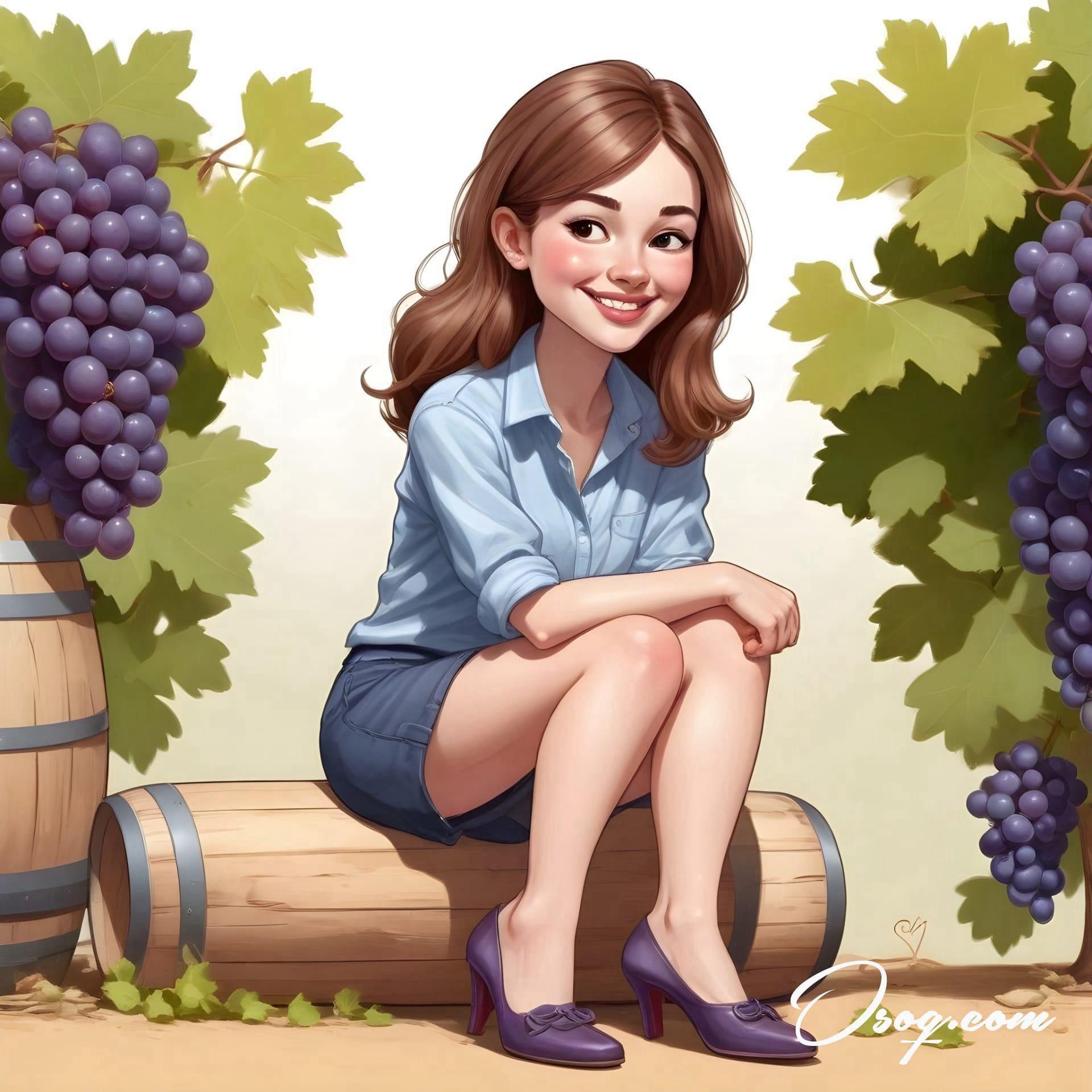
The influence of French comics extends into fashion, with designers drawing inspiration from comic book characters and aesthetics, showcasing the medium's impact beyond traditional boundaries.
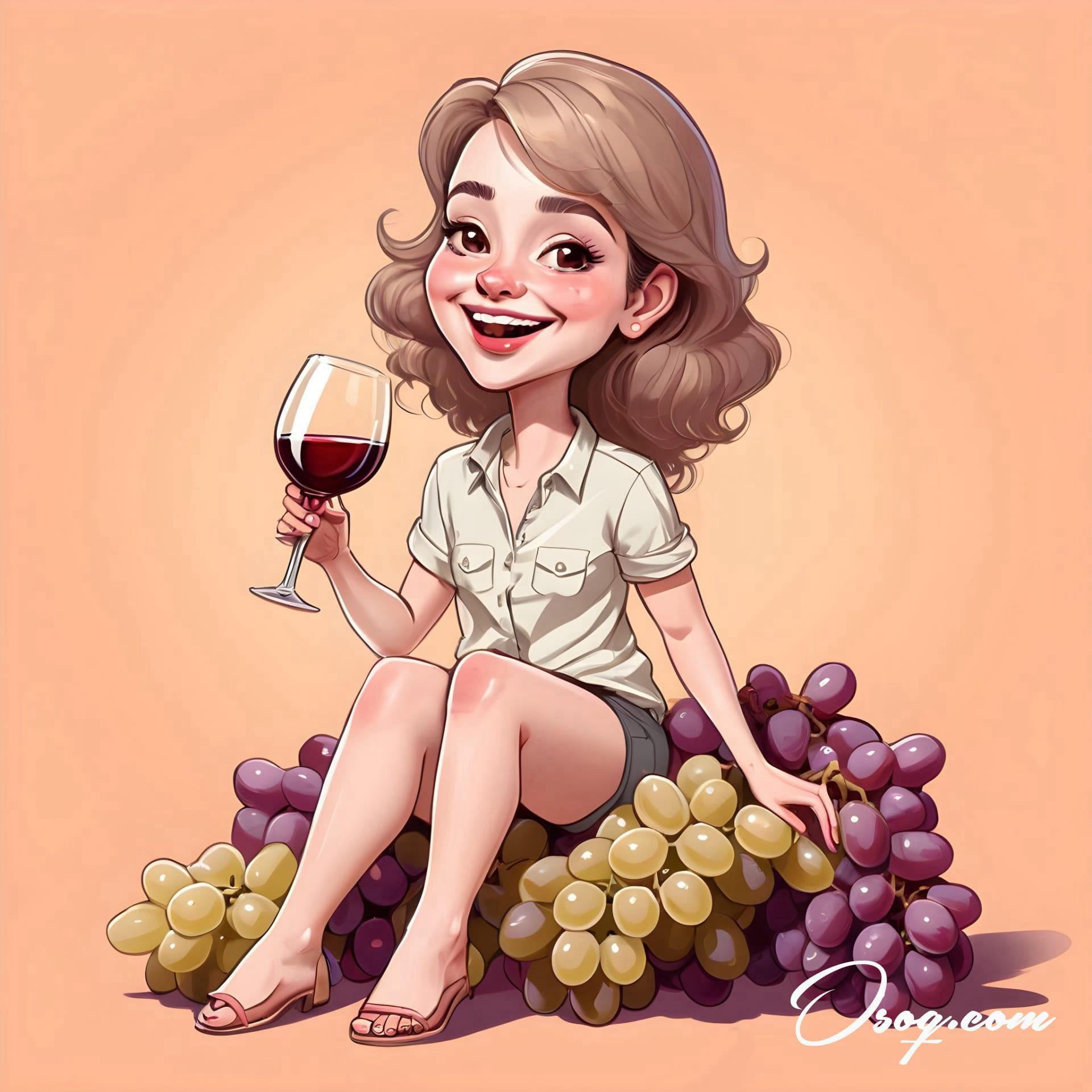
Collecting French comics has become a popular hobby, with vintage editions and rare prints highly sought after by collectors, underscoring the enduring appeal and artistic value of these works.
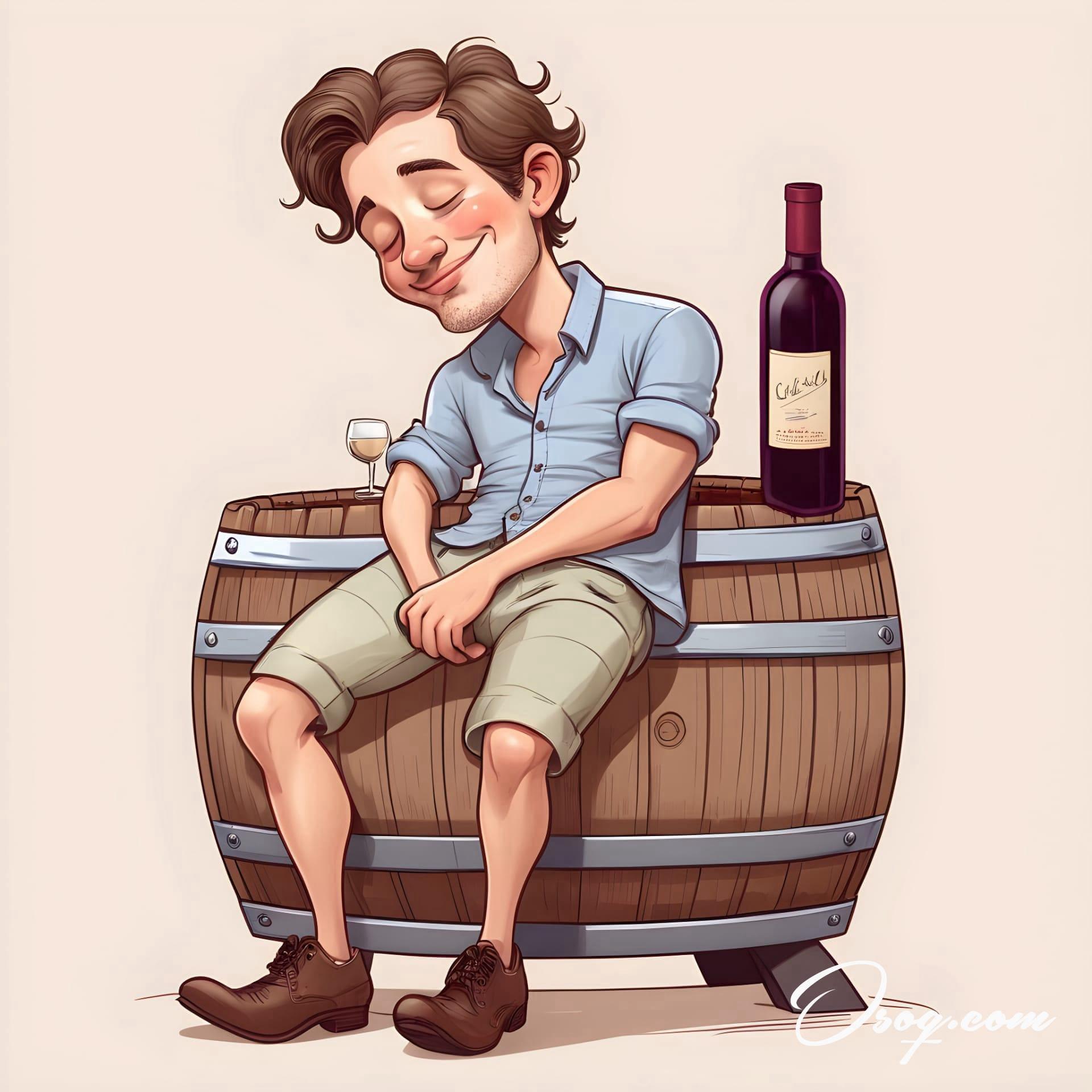
French comics have a strong community of fans who engage in discussions, fan art, and conventions, creating a vibrant culture around the medium.
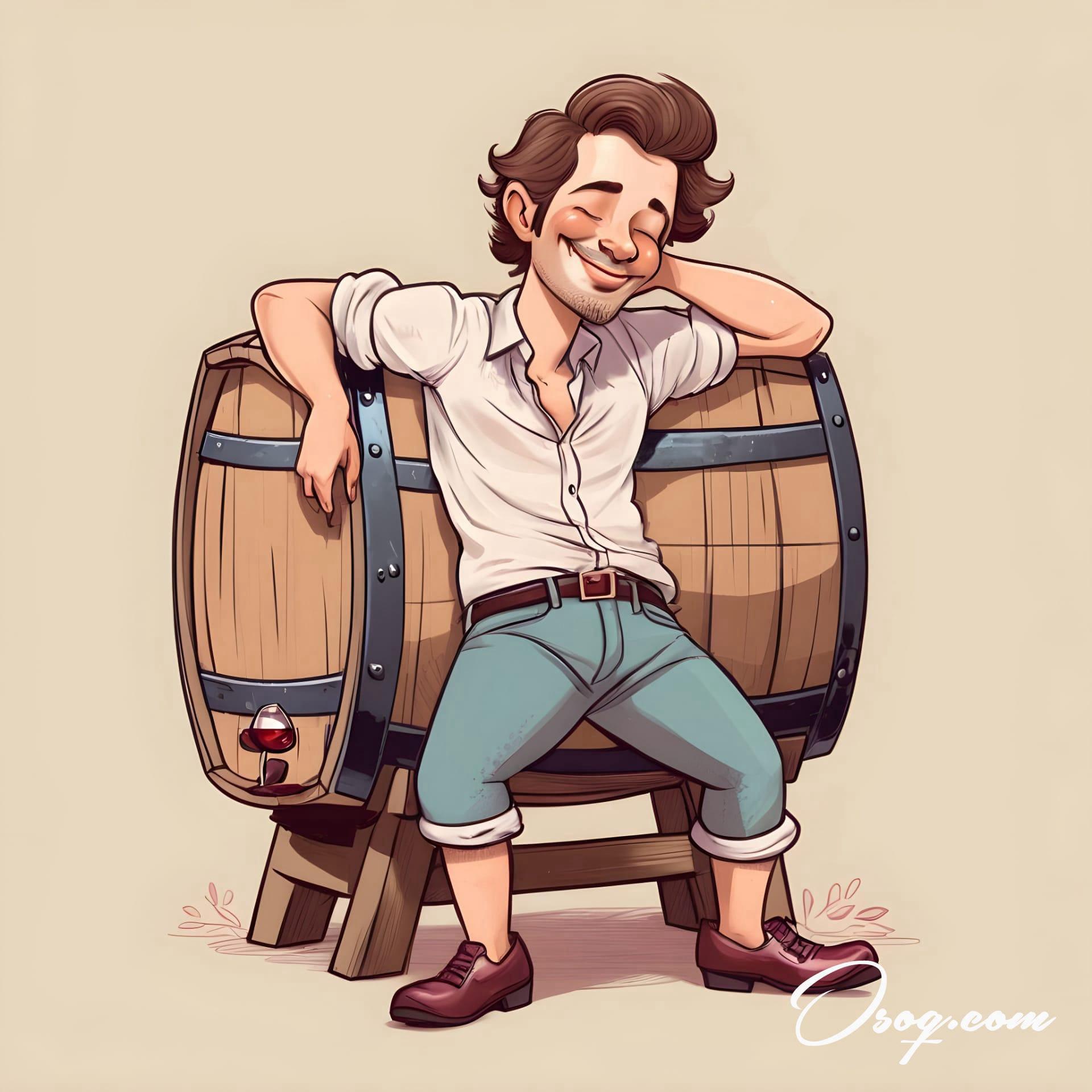
Crossover projects between French comic artists and international film and animation studios have led to successful adaptations, bringing French comics to a broader audience.
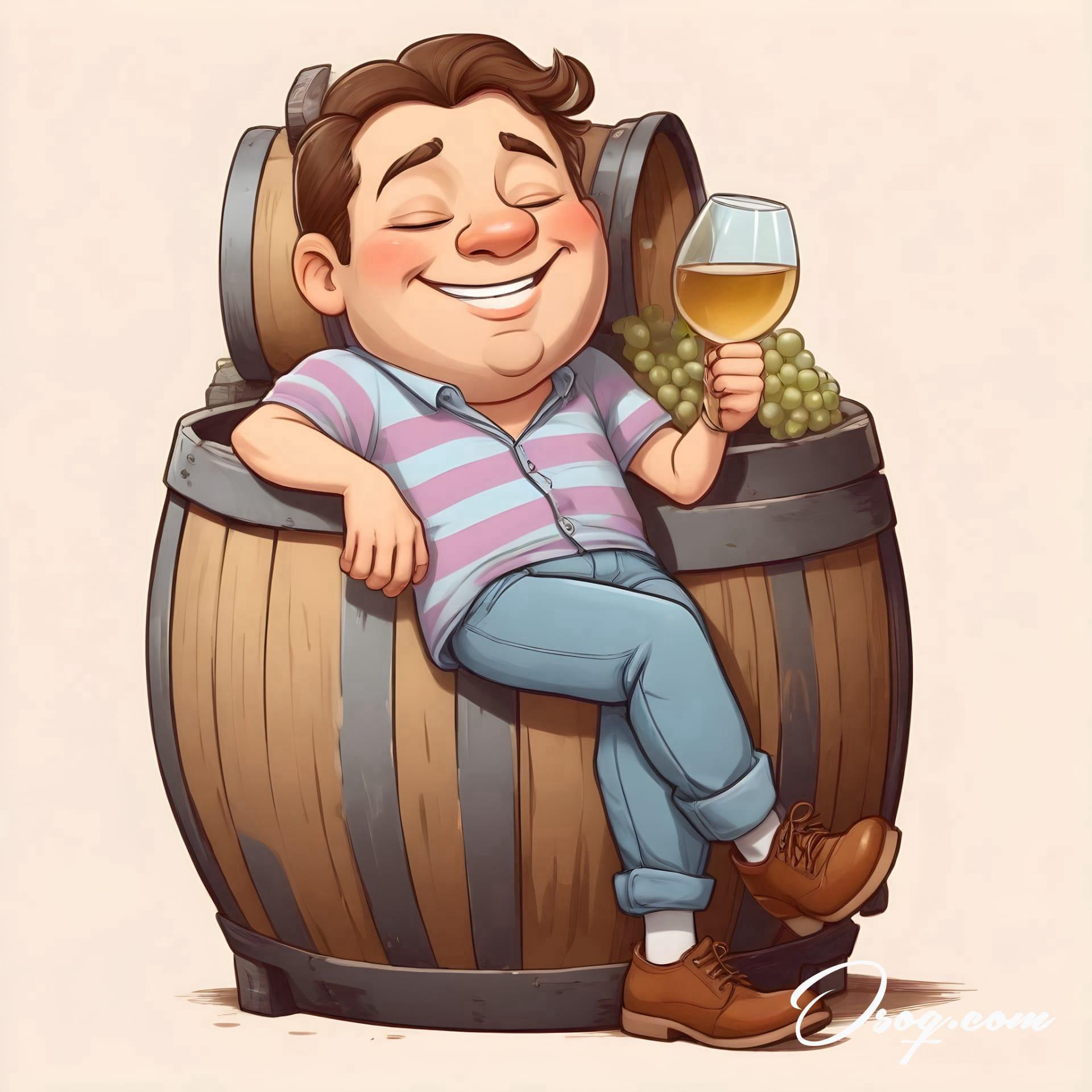
The legacy of French comics continues to evolve, with new generations of artists and writers pushing the boundaries of the medium, ensuring its place in the global tapestry of storytelling.